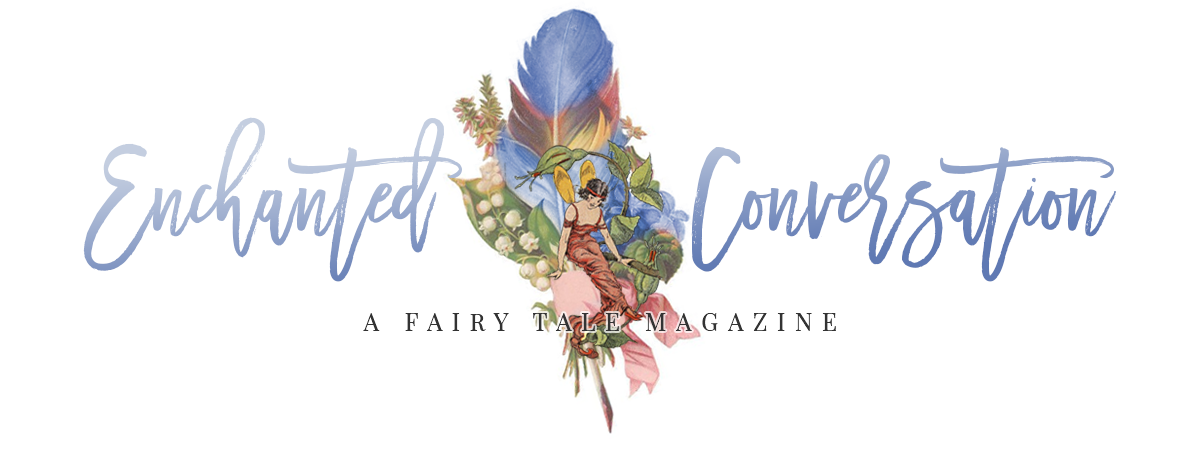
The book was not what I expected, but that’s not a bad thing. Quite frankly, I thought Norse Mythology would be all new stories, featuring Gaiman reworking these tales into new takes on the characters in the Norse pantheon. What I found instead were straightforward, traditional retellings of the original myths. Gaiman notes that he went back to the oldest source material for Norse myths, contained in Snorri Sturluson’s Prose Edda and Poetic Edda, which were compiled and written in the 13th century. Using different translations of these, he blended the prose and poetic versions to create the tales in the book.

The style of writing seemed odd at first, since it contrasted with books I’ve recently read, but once I got used to Gaiman’s traditional storytelling style with a light sense of humor, I found myself caught up in the Norse world of Odin the All Father, his son Thor, and Odin’s blood brother...the predecessor of all modern anti-heroes and my personal favorite, Loki, along with the other gods and goddesses that cross paths.
Norse Mythology contains the tales of the gods ranging from their origins to their final end at Ragnarok. It’s a world of gods with weaknesses and strengths, light elves, dwarfs who know how to make ever-growing perfect golden hair, and giants. So many giants. I had no idea giants played such a part in Norse myths. Sometimes these giants trick the gods, but many of them unfortunately fall under Thor’s hammer.
And then, there’s Loki, the one god that cannot be easily defined. Here are stories that show his great intelligence, wit, sense of humor, and fallibility. He’s a catalyst in these myths for both good and evil.
All the iconic symbols are also here and how the gods got them: from Thor’s hammer to Sleipnir, Odin’s eight legged horse, to the mead of poetry and the reason why there are bad poets in the world.
I particularly enjoyed any mention of the Norse goddesses in stories, such as Loki’s daughter, Hel, ruler of the realm of the dead that did not die nobly in battle. I wished the book contained more about them, but Gaiman himself laments this in the introduction by pointing out that although their names and powers are known, the actual tales have not been passed down and are lost. He did what he could with the fragments he had.
And thank the gods there was a glossary at the back of the book, which I found extremely helpful in keeping track of all the different, strange Nordic names, places, and relationships that are woven throughout the tales.
By the end of Norse Mythology, I felt a twinge of sadness at reading of the gods’ deaths, but with that came a specific Gaiman twist, that I won’t give away here, but I especially liked.
It was clear that Gaiman has a true love and understanding of these myths and a joy in telling them. In fact he encourages us, as the readers, to find our own joy in these myths by retelling them ourselves “on a summer night when the sun will not set...tell your friends what happened when Thor’s hammer was stolen, or how Odin obtained the mead of poetry for the gods.” After all, sharing folklore and myths with others in our present day is what connects us with all the storytellers of our past...
“And the game begins anew.”
(By the way - I did picture Tom Hiddleston from the Marvel Thor films as Loki in my mind whenever I came across the character in the book.)





